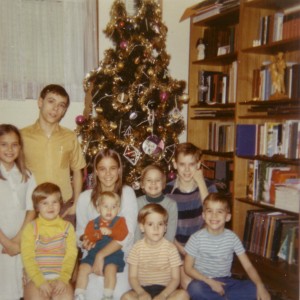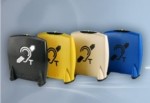 Getting back into the grind after the holidays may sometimes be challenging! When it comes to dispensing hearing instruments, getting back into the “grind” may be easily achieved with a few key tools.
Getting back into the grind after the holidays may sometimes be challenging! When it comes to dispensing hearing instruments, getting back into the “grind” may be easily achieved with a few key tools.
![]()
 A variety of blue and white grinding stones come in handy for hearing instrument or earmold repair and/or modification; the coarser blue stones are most suitable
A variety of blue and white grinding stones come in handy for hearing instrument or earmold repair and/or modification; the coarser blue stones are most suitable  for modifying silicone earmolds whereas the white stones are designed for hearing instrument casing and earmold material made of a harder acrylic material. If you are looking for something rougher than a blue stone, invest in grinding caps. Available in two different grains (80 grain and 150 grain), the caps (page 44 of the new 2011 OTP catalog) are sold in packs of five for under $10.
for modifying silicone earmolds whereas the white stones are designed for hearing instrument casing and earmold material made of a harder acrylic material. If you are looking for something rougher than a blue stone, invest in grinding caps. Available in two different grains (80 grain and 150 grain), the caps (page 44 of the new 2011 OTP catalog) are sold in packs of five for under $10. ![]() The caps slide onto a grinding cap holder (sold separately) which, in turn, interfaces with a Redwing or Dremel.
The caps slide onto a grinding cap holder (sold separately) which, in turn, interfaces with a Redwing or Dremel.
For more information on these and other tools for use in the dispensing clinic, contact Oaktree Products at 800.347.1960 and ask for customer service. Now, get back to work!





















